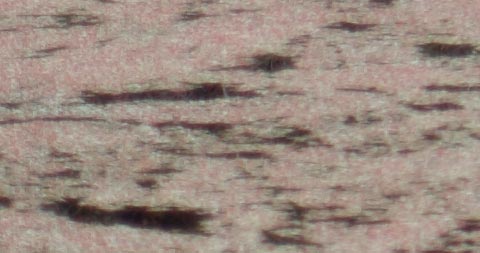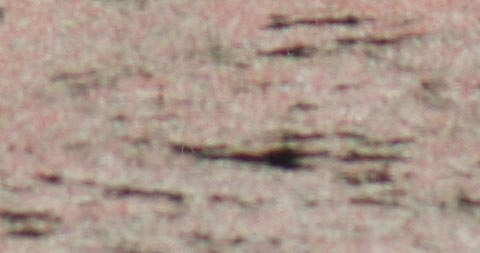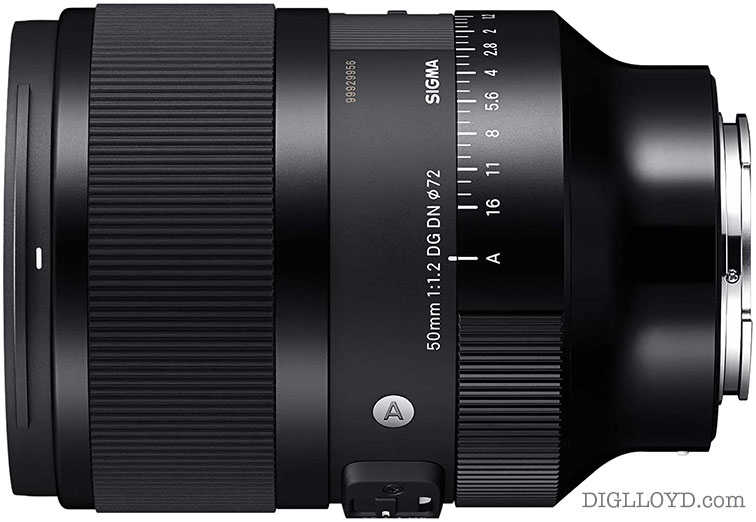IN STOCK!
For Sony mirrorless or Leica L.


|


|

$200 Leica BP-SCL6 Lithium-Ion Battery (8.4V, 2200mAh) BACK IN STOCK in Accessories: Batteries and Power
|

|

|

|
Understanding Field Curvature
Comparing lenses fairly is a technical challenge. In early 2009, I tested eight different 50mm lenses (5 brands). I was prompted to do so by behavior I observed with the Zeiss ZE 50mm f/1.4 Planar. The results were revealing, reminding me just how hard it is to make a fair lens or camera test.
The only reliable way to understand lens performance is by making real images in the field, and even then distance and subject matter can make significant differences. I recommend against making any lens choices based on test charts or MTF or other by-the-number silliness.
To be clear, a lens with outstanding MTF is always a good choice in general, but a lens with apparently modest MTF might actually perform far better than apparent, due to field curvature.
Below is a test image as shot at f/2. The two circles represent the 10mm and 18mm offsets from optical center, 18mm being at the edge. The lens was focused at center.

Inscribed circles are at the 10mm and 18mm offsets
Consider the two crops below. Both are ~50 feet (16m) from the camera, and ~100 feet (32 meters) in front of the central focus point. The sharper crop is at a ~16mm offset from optical center, and the other at the ~8mm offset, but both crops are at the same distance from the camera.
Sharpness is not the issue so much as the uneven rendition, a ring of sharpness well off center, interacting with distance. The folly of naively comparing lenses with field curvature should be self-evident; a tiny change in focus "proves" the lens is better than itself!


The sweet donut
The so-called "sweet spot" is a central area of best sharpness, especially at wider apertures. Stopping down mostly lays this issue to rest, at least with high quality lenses. But the sweet spot is more properly described as a donut, and it can be much more complex than that.
Yes, most lenses are sharpest in the center, but they can be sharp at the edges too, and blurry in the middle (at the same distance).
Wavy field curvature is the issue here, and when it interacts with distance, focus, focus shift and lens aberrations the results can be difficult to analyze with most subjects. Once you see this bizarre effect (more striking in viewing the image at original size), the futility of casual lens tests or fixed distance resolution charts alone becomes clear.
A little stopping down helps, but is not a cure; at f/5.6 the effect is in some ways more visible, with the off-center crop nicely sharp and the more central one still blurry. Even f/11 doesn't completely equalize the two.
The time is ripe for lens designers to give more importance to flat-field designs, especially as we move towards the 30 megapixel range in DSLRs. In the meantime, field curvature can help or hurt, depending on the subject matter.



















